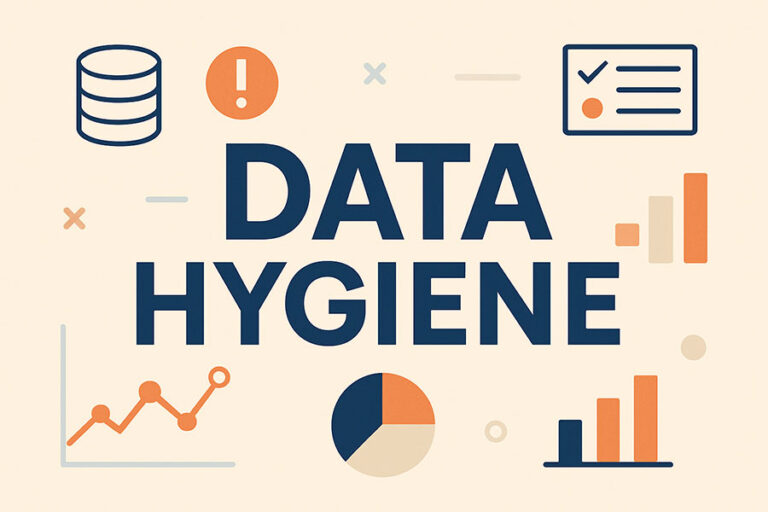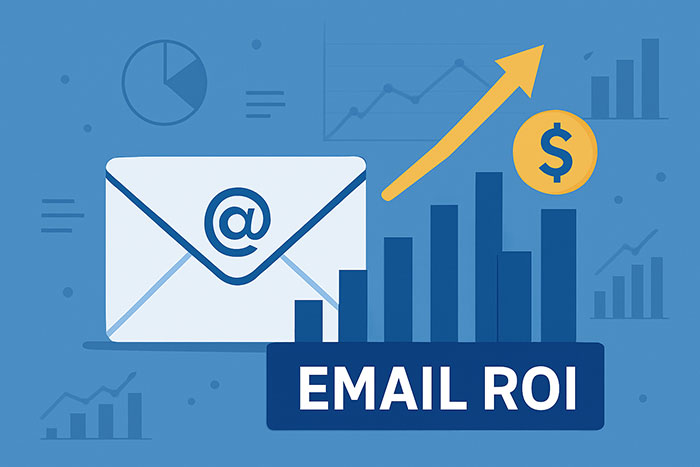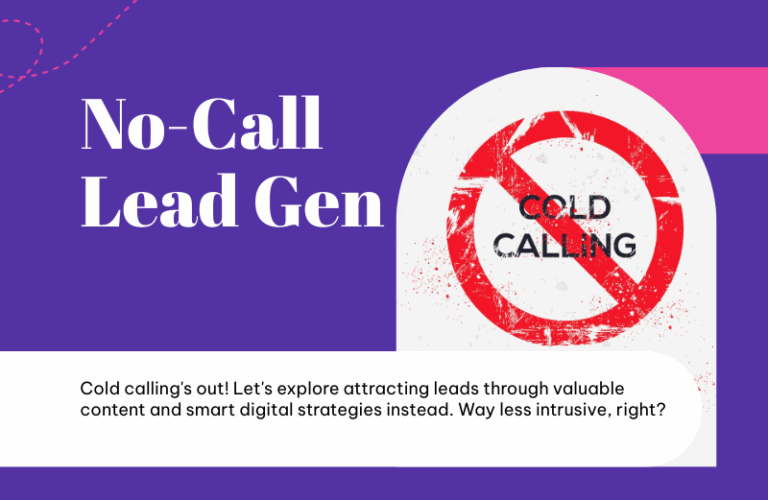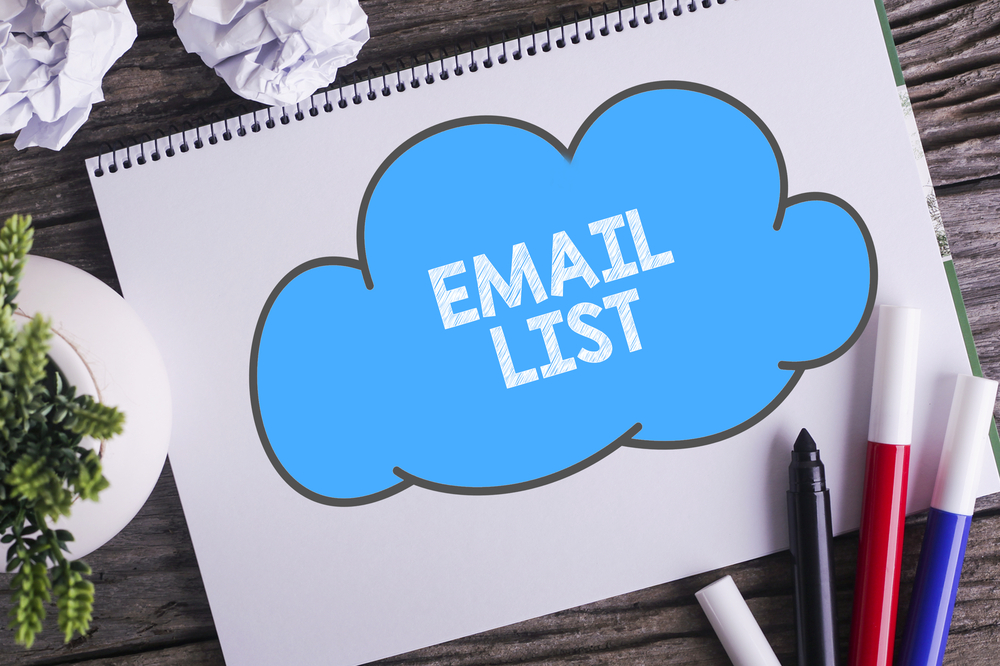
The use of purchased email lists in digital marketing has become a topic of great interest, particularly for companies looking to rapidly expand their outreach. While there are legal and compliance considerations, purchased lists offer advantages that make them worth exploring for businesses aiming to connect with new prospects effectively and responsibly. This guide covers best practices for legally and strategically using purchased email lists and offers insights into maximizing their potential while maintaining good relationships with email service providers (ESPs) and customers.
What Is a Purchased Email List?
A purchased email list consists of contacts obtained through a third-party vendor, typically segmented by various factors such as industry, job title, and geographical location. For businesses looking to increase reach without waiting for organic list growth, a purchased email list can serve as a shortcut to quickly reach new audiences. While it doesn’t replace the value of organically built lists, using a purchased email list can be beneficial when implemented carefully and strategically.
Are Purchased Email Lists Legal?
The legality of purchased email lists depends on several factors, including the region of operation and the laws governing email marketing. In the U.S., the CAN-SPAM Act requires that marketers provide an opt-out option and accurate sender information in each email. Compliance with CAN-SPAM regulations ensures that recipients have the choice to opt-out, helping to keep businesses on the right side of the law while still allowing for broad outreach.
For companies operating within the EU, the General Data Protection Regulation (GDPR) is stricter and requires explicit consent from individuals before they can be contacted. Therefore, if your email list includes individuals in the EU, it’s crucial to verify that all contacts have agreed to receive promotional emails, making your outreach both effective and compliant.
How Do Email Service Providers (ESPs) Detect Purchased Email Lists?
Reputable ESPs often disallow the use of purchased lists in their terms of service due to concerns over high bounce rates, spam complaints, and the impact on deliverability. However, certain strategies can help you maintain a positive reputation and meet ESP guidelines:
- Warm-Up Your IP and Domain: By gradually increasing your email sending volume, you can avoid sudden spikes in activity, which are often a red flag for ESPs.
- Use Email List Validation Tools: Cleaning your list by verifying email addresses and removing outdated or inactive contacts will improve deliverability and ensure that your list is active and engaged. For example, tools like data appends can enrich and validate your data, increasing the accuracy of your targeting.
- Segment Your Audience: Effective segmentation allows you to tailor your messaging for different segments within your list, such as by industry or job role. By using targeted communication, you can improve relevance, reduce spam complaints, and increase engagement.
How to Use a Purchased Email List Responsibly
Responsible usage of a purchased email list maximizes engagement while maintaining compliance. Here are key practices to follow:
1. Clean and Validate Your List
Running a purchased list through validation software helps identify inactive or incorrect email addresses. By focusing on verified, active contacts, you can boost deliverability rates and avoid high bounce rates. This proactive step can greatly enhance the quality of your list, making it a more effective tool for reaching interested prospects.
2. Send a Warm-Up Email
Send a gentle introductory email to allow recipients to opt in. This “warm-up” email can be positioned as a value-driven offer or information about your company, which invites them to learn more if they choose. By letting them take the next step, you build trust and establish a foundation for future communication.
3. Respect Opt-Out Requests
Following best practices for compliance means respecting opt-out requests and managing your list responsibly. Removing contacts who choose to unsubscribe ensures your messages reach only those interested in hearing from you, keeping your list healthy and engaged.
4. Create Engaging Content
Content that adds value is likely to reduce the chance of complaints and increase click-through rates. Using insights from your list data, create segmented, targeted messaging that resonates with your audience, encouraging them to engage. In many cases, leveraging demographic appends to gain further insight into interests and preferences can refine your messaging even more.
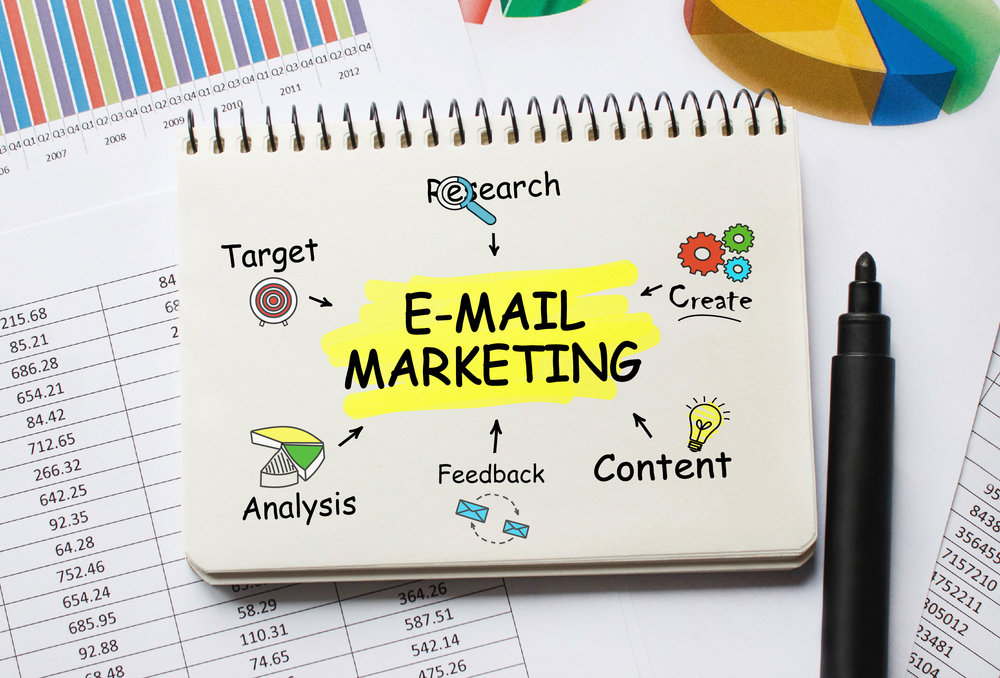
Are Purchased Email Lists Effective?
Although purchased email lists can sometimes be associated with lower engagement rates compared to organic lists, they can still be highly effective if used strategically. For instance, combining list segmentation with behavioral analysis helps you deliver more targeted campaigns. Data shows that targeted and segmented email campaigns perform better across industries, providing recipients with personalized content that aligns with their needs and interests.
Businesses that adopt a careful and data-driven approach to purchased lists often see positive results, as this strategy enables them to reach audiences who may not have discovered the brand through other channels. Adding advanced lead scoring methods, which prioritize high-potential contacts, can further improve effectiveness and boost engagement rates.
Can You Email a Purchased List?
Yes, emailing a purchased list is possible, provided that compliance with local and international regulations is upheld. Most ESPs have specific guidelines on using purchased lists, and following these guidelines is essential for maintaining your account and reputation. To maximize impact and stay within compliance, consider implementing an opt-in process where recipients confirm their interest. This confirmation approach helps transition the purchased list into a more engaged, qualified audience.
How to Clean and Warm Up a Purchased Email List
Cleaning and warming up a purchased email list are crucial steps to prepare for a successful email campaign. Here’s how to do it:
- Use Verification Tools: By verifying your list, you can identify and remove invalid or outdated addresses. List-cleaning services help maintain high-quality contacts, ensuring your emails reach the right people.
- Gradual Email Introduction: Start by sending smaller batches of emails to segments of your list, gradually increasing the volume as you gauge engagement. This method avoids overwhelming recipients and allows you to monitor response rates, making adjustments as needed.
- Regularly Scrub Your List: List maintenance doesn’t end with the first campaign. Scrub your list regularly to remove inactive contacts and monitor engagement. Implementing a marketing automation solution that includes list management features can streamline this process and improve your results.
How to Approach the First Email to a Purchased List
The first email is a prime opportunity to introduce your brand and invite recipients to engage. Make it a memorable introduction with these strategies:
- Offer Value Upfront: Provide a compelling offer, like a free eBook, a webinar invitation, or a discount, to incentivize recipients to open the email and learn more.
- Personalized Messaging: Personalization is key. Using data enrichment techniques, such as lifestyle appends, lets you customize your message to fit the interests of different segments.
- Clear Call-to-Action: Direct recipients to a specific action, whether it’s visiting your website, following your social media pages, or signing up for a newsletter. A clear CTA guides them toward a relationship with your brand.
Why Purchased Email Lists Are Often Underrated
Purchased email lists are often misunderstood in terms of their potential. Although some see them as less effective than organic lists, they can be a valuable tool in a well-rounded marketing strategy. For example, B2B marketers using purchased lists often gain access to otherwise hard-to-reach audiences, such as decision-makers who may not engage with inbound content.
Additionally, with PPC lead generation as a complement, businesses can create a more comprehensive outreach strategy. When used as part of an integrated marketing approach, purchased email lists provide a unique opportunity to widen your audience and boost brand visibility.
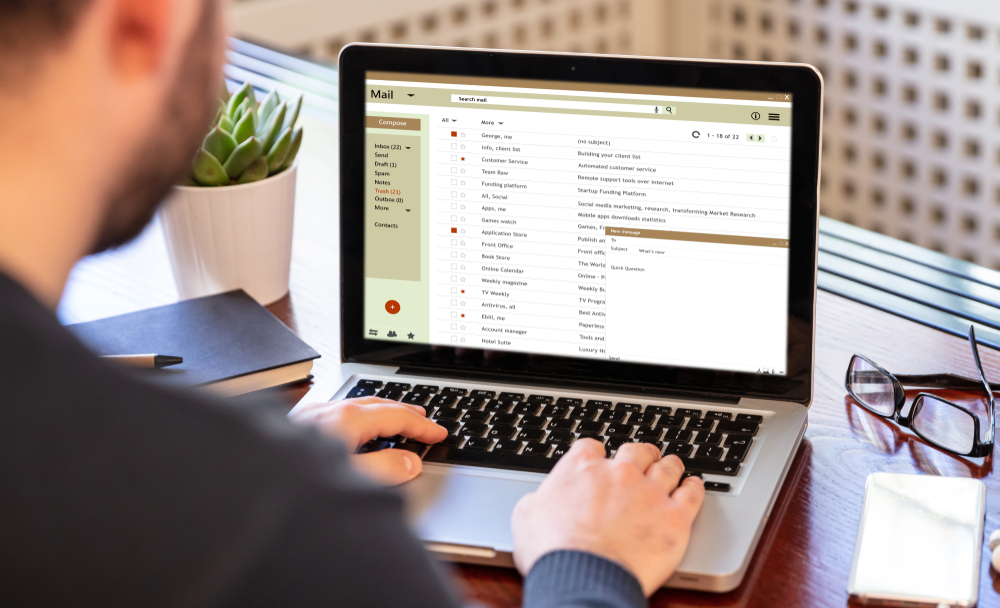
Maximizing ROI with Purchased Email Lists
While purchased email lists come with certain challenges, a data-focused approach can turn them into powerful assets. Companies that understand how to refine and target these lists effectively can reap significant benefits. Here are a few ways to maximize return on investment (ROI) with purchased lists:
1. Leverage Audience Insights and Enrichment
A purchased list can be enhanced through demographic appends and other data enrichment techniques. By adding layers of information, like job title, company size, and industry, you can develop a more refined understanding of each contact. This allows for highly targeted outreach, ensuring that the content is relevant to the recipient. For example, a software company might use this data to focus on high-level IT managers within medium-sized businesses, improving the relevancy of its message and increasing the likelihood of engagement.
Data enrichment also opens up opportunities for segmentation, which can transform a generalized list into specific, actionable audience groups. By understanding unique needs and challenges faced by each segment, businesses can deliver relevant content that resonates, whether it’s a case study relevant to their industry or a product demo specific to their business needs. This tailored approach has proven to increase engagement, which in turn improves deliverability and ROI.
2. Use Multichannel Marketing to Boost Engagement
Purchased lists don’t have to be confined solely to email marketing. By using a multichannel strategy, companies can nurture these leads through various touchpoints, enhancing brand familiarity and increasing the chances of engagement. Consider integrating channels such as:
- Retargeting Ads: Retargeting on platforms like Google or LinkedIn can reinforce your messaging. For example, after the initial email, your contact might see an ad promoting a white paper, webinar, or product demo, keeping your brand top of mind.
- Social Media Engagement: Social media platforms allow for meaningful engagement and visibility. You could use LinkedIn to connect with prospects from your list, engaging with them on a professional network where they’re already active.
- Direct Mail: In specific B2B industries, such as construction or manufacturing, direct mail may still be effective. A physical piece of mail, such as a brochure or a discount code, could serve as a follow-up to your email, creating a comprehensive strategy that bridges digital and physical marketing.
A multichannel approach enhances brand recognition, and when combined with PPC strategies for B2B lead generation, it can transform a purchased email list into a dynamic, responsive pipeline of leads.
3. Optimize Your Email Content for Engagement
With purchased lists, the quality of your content is crucial. Messages should be designed to create immediate impact and provide value, encouraging recipients to engage further. Here are some ways to make content appealing to a new audience:
- Focus on Benefits Over Features: In initial outreach emails, emphasize the benefits your product or service offers rather than detailing all its features. This approach helps capture attention and demonstrates the value your brand provides.
- Incorporate Testimonials and Case Studies: Including a brief testimonial or a case study can build credibility, especially for a new audience. Showcase how other companies in similar industries have benefited from your offerings to help prospects envision their own potential success.
- Clear and Compelling CTAs: Every email should include a single, clear call-to-action (CTA) that drives the desired response. Whether you’re inviting recipients to download a white paper or book a demo, make sure the CTA is prominent and easy to follow.
Additionally, A/B testing can be a useful tool when working with purchased lists. Test different subject lines, email formats, and CTAs to identify what resonates most with your new audience segments. By optimizing based on performance data, you can refine your approach over time, maximizing open rates, click-through rates, and conversions.
4. Analyze and Adjust for Ongoing Success
Success with a purchased email list is not solely about the initial outreach; it requires ongoing analysis and adjustment. Track metrics such as open rates, click-through rates, bounce rates, and opt-outs. Identifying which elements of your campaign are most effective can help you adjust for continuous improvement.
If certain segments aren’t responding, consider adjusting your messaging or experimenting with different content. Additionally, continuously scrubbing the list of unresponsive or inactive contacts can help improve overall deliverability and engagement rates. Regular list maintenance ensures that you’re targeting only those who show potential interest, ultimately leading to higher ROI.
5. Build Relationships Through Consistent Nurturing
While purchased lists can serve as an entry point to new contacts, long-term success lies in nurturing these relationships. Following up with a consistent cadence of relevant, valuable content can gradually turn new contacts into loyal customers. By sending regular newsletters, product updates, or industry insights, you keep your brand visible and provide ongoing value.
For instance, providing periodic custom content that addresses industry trends or offers solutions to common challenges can build a rapport with prospects. Over time, this kind of nurturing can increase their familiarity and comfort with your brand, making them more receptive to your offerings and ultimately more likely to convert.
Making the Most of Purchased Email Lists
With the right approach, a purchased email list can be a valuable asset that contributes to sustainable growth. By focusing on compliance, using data-driven insights, and committing to consistent relationship building, businesses can achieve results with these lists while also creating a positive brand experience for new contacts. When managed strategically, a purchased list becomes more than just a contact database; it becomes a pathway to new opportunities and long-term connections with potential clients.
